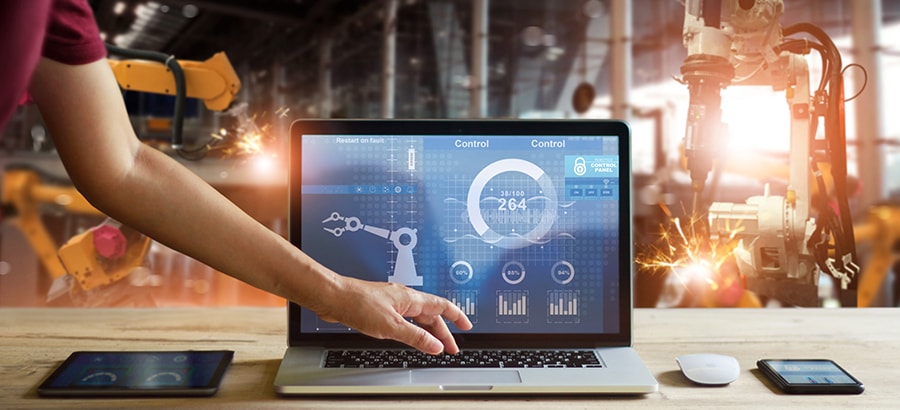My husband and I had a chuckle the other day as we realized we were turning into our parents. While driving, we changed from the radio station playing the latest hits to the one that plays old school hits and immediately started singing along. Just like our parents used to do.
Year: 2019
4 Dos and Don’ts of Inventory Management for All Manufacturing Operations
The current power crisis in South Africa is teaching all of its citizens a few lessons in inventory, distribution and asset management. Here’s how these lessons translate into better inventory management for all manufacturing operations.
How ERP Can Build Digital Resilience and Enable You to Gear Up for Brexit
It has become impossible to keep pace with the UK government’s Brexit shenanigans, and business leaders are in despair about the impact the impasse is having on manufacturers. According to the latest figures from the ONS, the productivity growth of British workers slumped to a two-year low in the third quarter of 2018. On average, UK employees produce 30% less per hour than those in France, Germany and the US.
5 Reasons to Embrace Digital Transformation and How it Improves Your Business
Digitization is one of the most important business trends of recent years, but how exactly can digital transformation improve your business?
If you’ve been running a business anywhere in the world over the last few years, you’ll have undoubtedly heard multiple references to digital transformation. You may already have begun to digitize aspects of your enterprise.
Overcome the Barriers and Resistance to Change with an Improved UI in ERP
When implementing an ERP system, businesses face a variety of challenges. The system brings innumerable business benefits and yet it is often used as a trigger for deep-rooted organizational change. Implementing ERP is fundamentally a people process, and for a system to work effectively, manufacturers must work with their ERP partner to bring everyone within the business on board.
4 Tips for a Successful Industry 4.0 Initiative
We are living in the dawn of a new era. Whether you call it Industry 4.0, Industrial Internet of Things (IIoT), or Smart Manufacturing, there’s no denying that manufacturing is evolving at a pace never seen before.
With the dawn comes illumination, but not necessarily clarity. The breakneck speed with which companies are figuring out how to collect (and find value in) massive amounts of data, and integrate digital technologies such as industrial robotics, 3D printing, machine learning, OCR, cloud computing, augmented reality, and sensors, can make the Industry 4.0 revolution seem intimidating and enigmatic.
Lean Manufacturing Implementation and the Change Management Journey
In the first blog on this topic, I described the origins and background to lean manufacturing. In the second blog – lean manufacturing journey, the key activities of the model described in the book entitled “Lean Thinking” were introduced. While this is seen as the most popular model, there are a few reservations about it. These will be covered as we progress.
How can Digital Transformation (DX) Solve my Manufacturing Challenges?
A question on many lips these days is: how can Digital Transformation (DX) solve my manufacturing challenges?
Manufacturers are under competitive pressure to deliver better goods at lower costs. They want to reduce costs and streamline processes in their supply chains and factories. At the same time, customers are asking for more unique features in the products they buy. Customization versus standard products are often difficult trade-offs with implications in design processes, production costs, and schedules.
Why Businesses Should Implement Measurable Training Programmes
The rapid pace of today’s business means that relevant skills are becoming outdated more quickly than ever before. This naturally creates challenges for companies that are trying to innovate and achieve growth.
In fact, a PwC report shows that 98 percent of South African CEOs are worried about the availability of key skills within their organizations. And this growing skills gap extends beyond highly sought-after tech skills.










